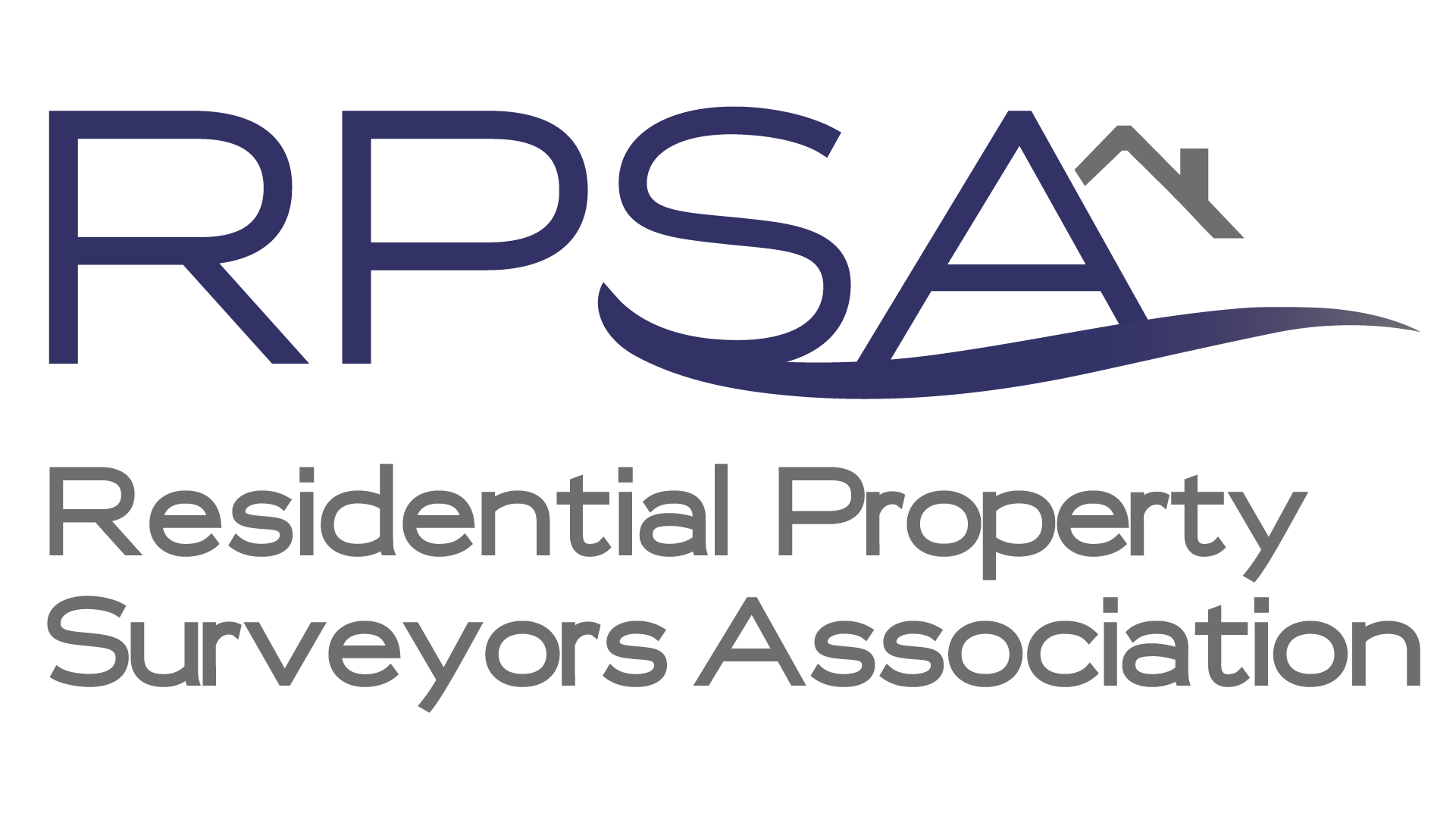A Brief Introduction to the Different Types of Damp in Properties
Damp is a common property defect that can have significant impacts on the health, comfort, and value of a building. Damp can be caused by various factors, including poor ventilation, leaks, and rising damp. Here are some of the most common types of damp and how to remedy them:
- Rising damp: Rising damp occurs when moisture from the ground rises up through the walls of a building, causing dampness and damage to the plaster, paint, and wallpaper. To remedy rising damp, you can install a damp-proof course or a physical barrier between the ground and the walls of the building.
- Condensation: Condensation is caused by the buildup of moisture in the air due to poor ventilation. To remedy condensation, you can improve ventilation in the building by installing extractor fans, opening windows regularly, and using dehumidifiers. You can also reduce the amount of moisture in the air by avoiding drying clothes indoors and using lids on pans when cooking.
- Leaks: Leaks can be caused by a variety of factors, including damaged pipes, overflowing gutters, and faulty appliances. To remedy leaks, you need to identify the source of the leak and repair it. If the leak is caused by a damaged pipe, you may need to replace the pipe or hire a plumber to repair it.
- Penetrating damp: Penetrating damp occurs when water penetrates the exterior of a building, causing dampness and damage to the walls, ceilings, and floors. To remedy penetrating damp, you need to find and repair the source of the water penetration, such as damaged roof tiles or faulty guttering.
- Basement damp: Basement damp can be caused by a variety of factors, including poor ventilation, water infiltration, and a high water table. To remedy basement damp, you may need to install a waterproofing system, improve ventilation, and ensure that any water infiltration is prevented.
By understanding the causes of damp and taking the necessary steps to remedy it, you can help to prevent and address this common property defect, and protect the health, comfort, and value of your building.


